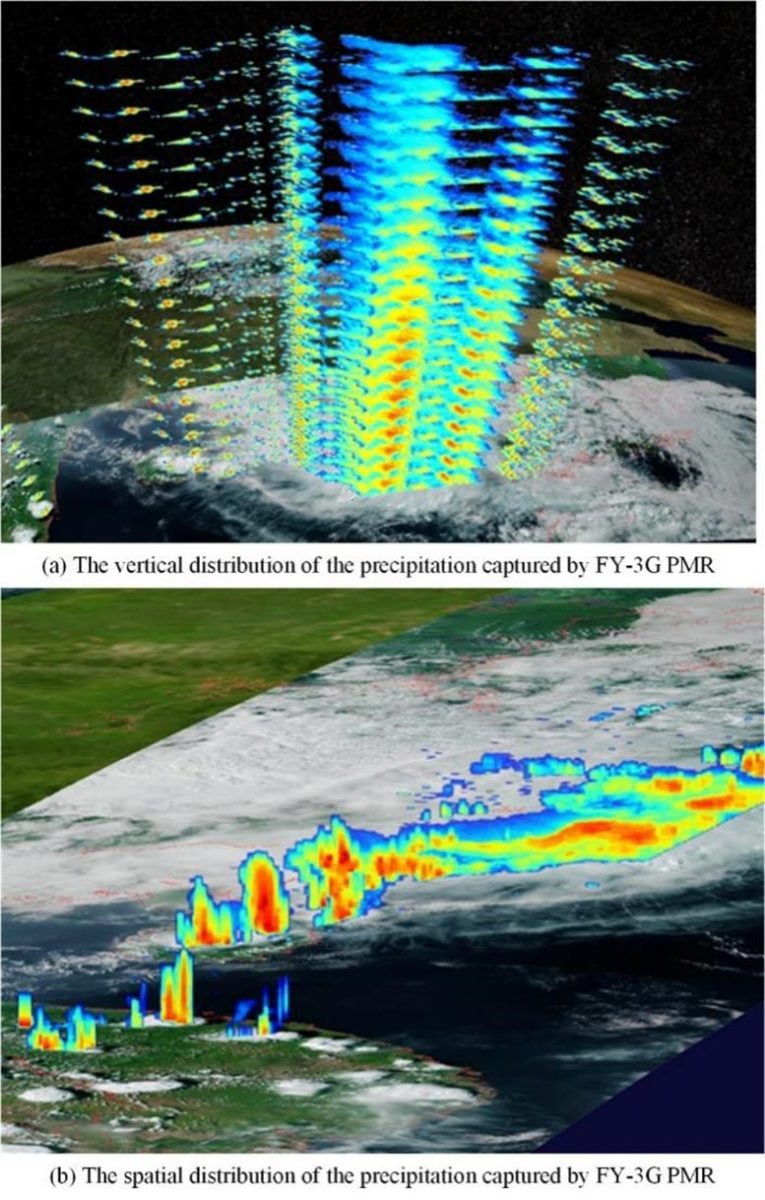
The evolution of geospatial data, fueled by technological advancements, has led to its widespread application and the democratization of data creation. A collaborative research outlines significant impacts on various industries and the ongoing need to integrate user-generated and traditional data sources for comprehensive analysis. Future efforts aim to broaden geospatial crowdsourcing and maximize its societal benefits. Credit: SciTechDaily.com
Geospatial data has undergone significant transformations due to the internet and smartphones, revolutionizing accessibility and real-time updates.
A collaborative international team reviewed this evolution, highlighting growth opportunities and challenges.
‘Seismic Shift’ to Crowdsourced Scientific Data Presents Promising Opportunities
The concept of geospatial data, or information related to locations on Earth’s surface, has evolved. With the advent of widely available internet and smartphones, directions that were once only available in a paper map are now updated on your phone in real-time to account for traffic. That evolution was and will continue to be driven by how the data is gathered, according to an international research collaboration representing 18 institutions in four countries.
The team reviewed the current state of geospatial data, highlighting potential areas of growth as well as possible challenges, to serve as a foundational reference to guide applications for both academic and societal use.
Their work was published in the Journal of Remote Sensing.

Eighteen domain experts developed a comprehensive review summarizing how crowdsourcing geospatial data can benefit Earth and human observations. Credit: Xiao Huang, Emory University
Data Creation and Analysis Shift
“The landscape of data creation and analysis has undergone a seismic shift in recent times,” said co-corresponding author Xiao Huang, assistant professor at Emory University. “This paradigm shift was precipitated by several key factors, including widespread internet access, the ubiquity of smartphones and a general surge in participatory culture.”
According to Huang, the shift has been profound across industry types. He pointed to urban planning, transportation and environmental monitoring as particularly impacted, with “unprecedented real-time sights and community-driven perspectives, often leading to more responsive and adaptive decision-making processes,” thanks to user-generated data. The same type of data is informing the commercial sector, as well, with better-informed customer-centric product development and marketing strategies.
Democratization of Data
“The significance of this shift lies in its empowerment of ordinary individuals to contribute to and influence fields traditionally dominated by experts and authorities,” Huang said. “This democratization has not only diversified the types of data available but has also led to richer, more multifaceted insight into human behavior and environmental changes.”
Despite such a shift, however, the researchers said a comprehensive, overarching perspective to connect the various data sources, such as social media platforms, with the application domains, such as public health or remote sensing, is still needed.
Bridging Data Sources and Applications
“We aim to bridge this gap and provide a holistic view of the use and potential of crowdsourcing geospatial data,” Huang said. “In this study, we conduct an exhaustive analysis of the current efforts, possibilities, and obstacles associated with crowdsourced geospatial data across two fundamental perspectives: human observations and Earth observations.”
Earth observations refer to the work of large entities, such as academic institutions or government bodies to record data, as opposed to human observations made on social media, for example. In coupling these two perspectives, the researchers identified seven specific challenges: ensuring data quality and SciTechDaily